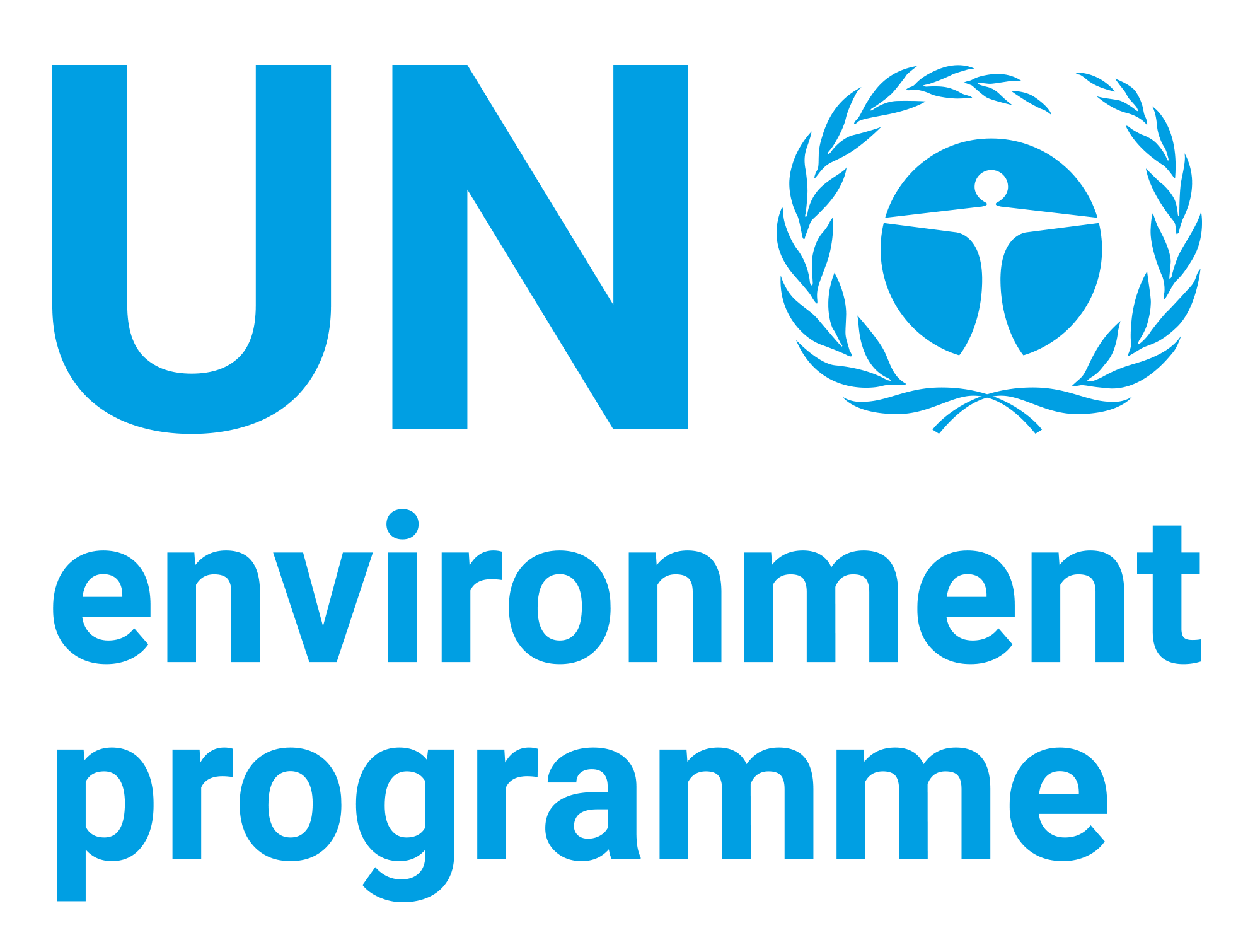Korea Environmental Policy Bulletin - Environmental Impact Assessment in Korea

Date
2004Author
Republic of Korea, Ministry of Environment
Citation Tool
Bibliographic Managers
RT Generic T1 Korea Environmental Policy Bulletin - Environmental Impact Assessment in Korea A1 Republic of Korea, Ministry of Environment YR 2004 LK https://wedocs.unep.org/20.500.11822/9051 PB Ministry of Environment - Korea Environment Institute - Republic of Korea AB TY - GEN T1 - Korea Environmental Policy Bulletin - Environmental Impact Assessment in Korea AU - Republic of Korea, Ministry of Environment Y1 - 2004 UR - https://wedocs.unep.org/20.500.11822/9051 PB - Ministry of Environment - Korea Environment Institute - Republic of Korea AB - @misc{20.500.11822_9051 author = {Republic of Korea, Ministry of Environment}, title = {Korea Environmental Policy Bulletin - Environmental Impact Assessment in Korea}, year = {2004}, abstract = {}, url = {https://wedocs.unep.org/20.500.11822/9051} } @misc{20.500.11822_9051 author = {Republic of Korea, Ministry of Environment}, title = {Korea Environmental Policy Bulletin - Environmental Impact Assessment in Korea}, year = {2004}, abstract = {}, url = {https://wedocs.unep.org/20.500.11822/9051} } TY - GEN T1 - Korea Environmental Policy Bulletin - Environmental Impact Assessment in Korea AU - Republic of Korea, Ministry of Environment UR - https://wedocs.unep.org/20.500.11822/9051 PB - Ministry of Environment - Korea Environment Institute - Republic of Korea AB -View/Open
Item Statistics
Display item statisticsMetadata
Show full item recordDescription
In the latter half of the 20th century, rapid industrialization and population growth aggravated environmental problems such as the depletion of resources, global warming, and destruction of the natural environment, giving rise to concerns about the loss of nature’s self-purification capacity. However, conventional responses were limited to the regional level, in addition to being both passive and fragmented, and thus insufficient to tackle increasingly complex and diverse environmental problems. More proactive environmental management policies that could address environmental problems in an organized, comprehensive and preventative manner were called for. Accordingly, the Environmental Impact Assessment (EIA) was adopted as part of the preventative efforts to create harmony between development and conservation and to consider the environmental effects of development activities in advance.
Collections
Document Viewer
To read more, scroll down below.

